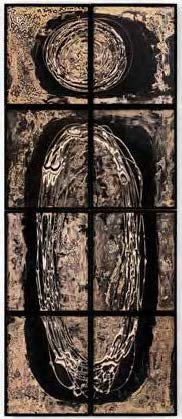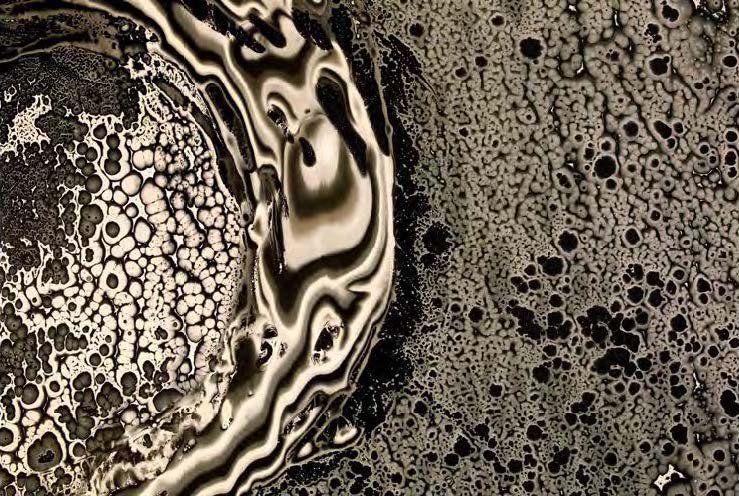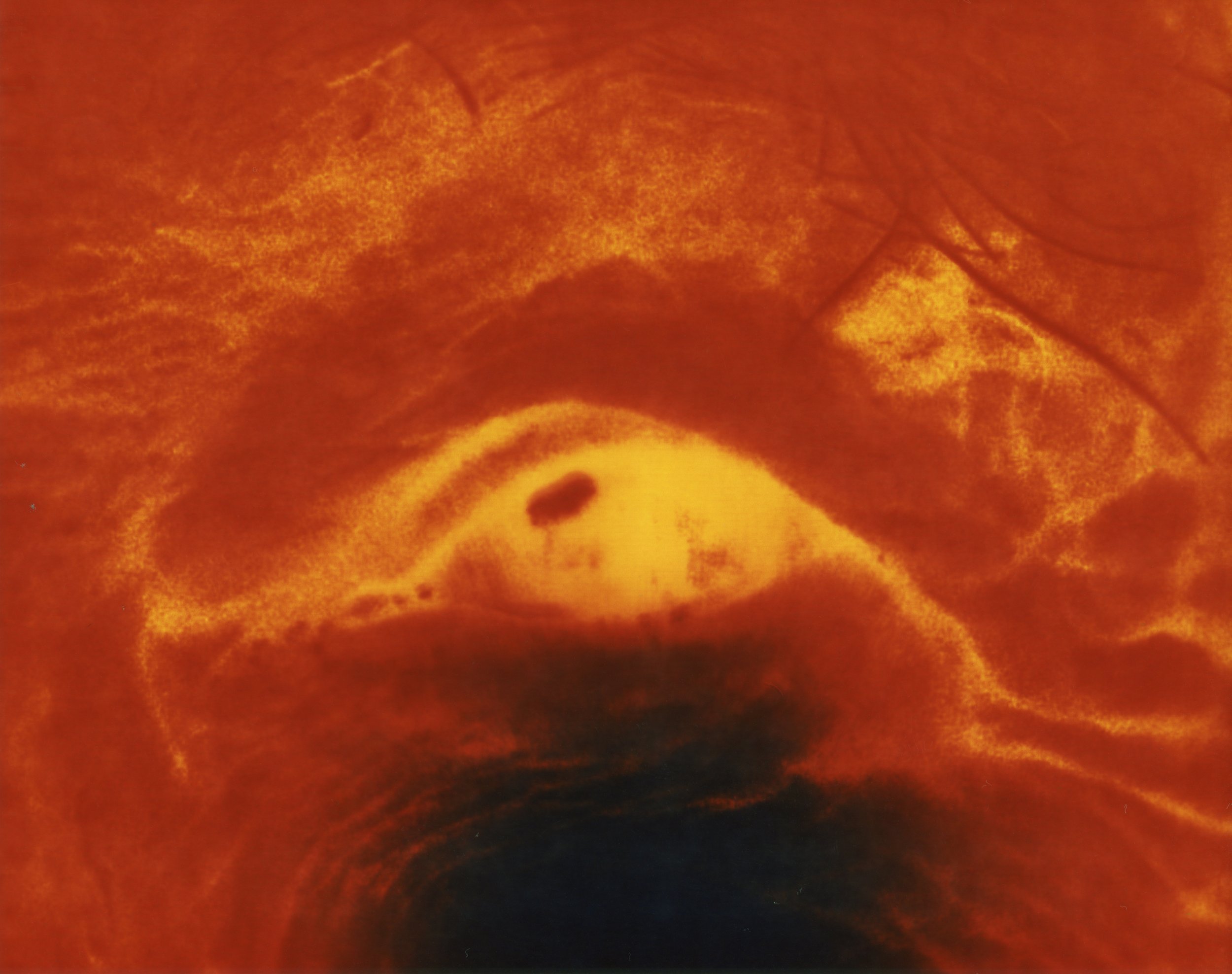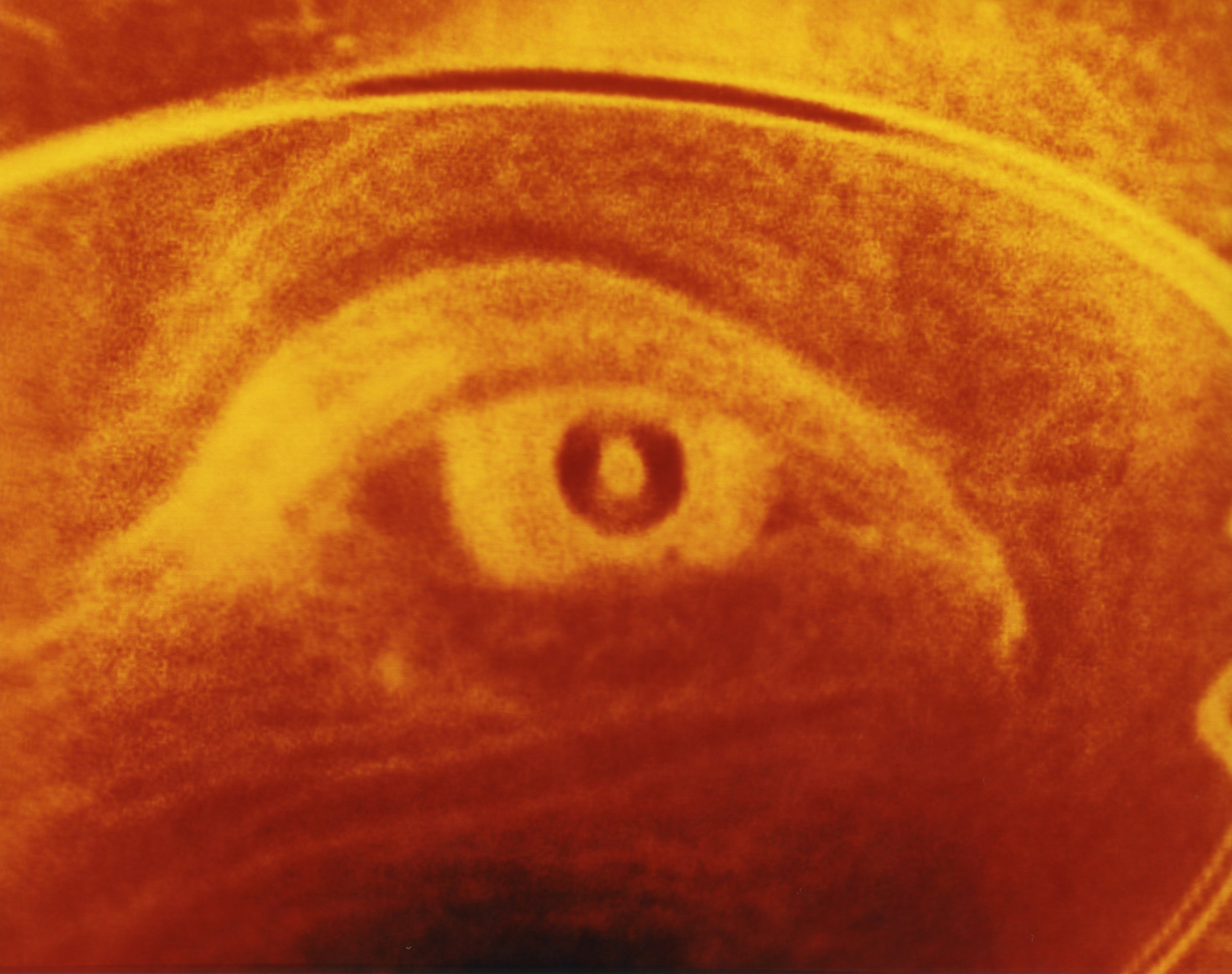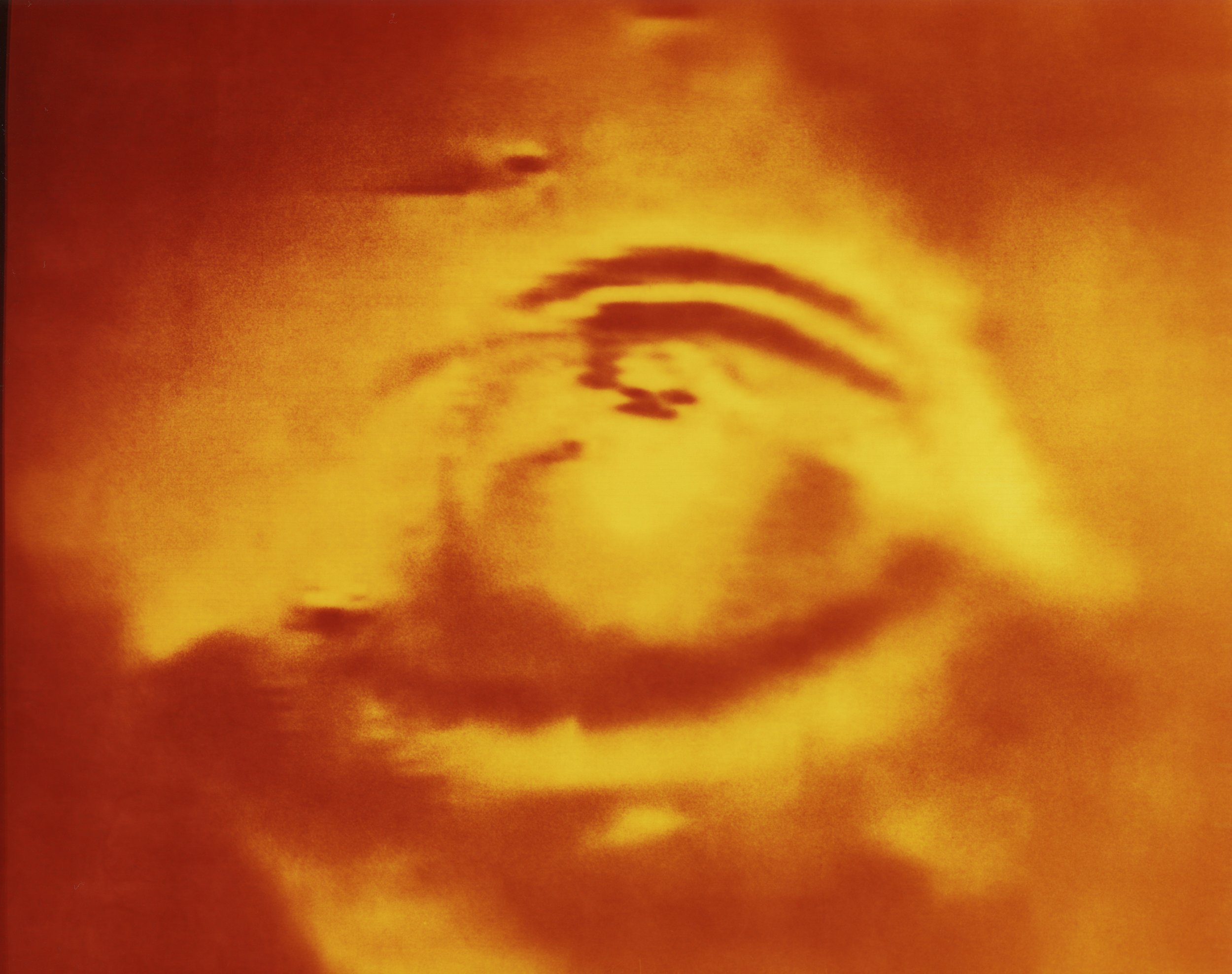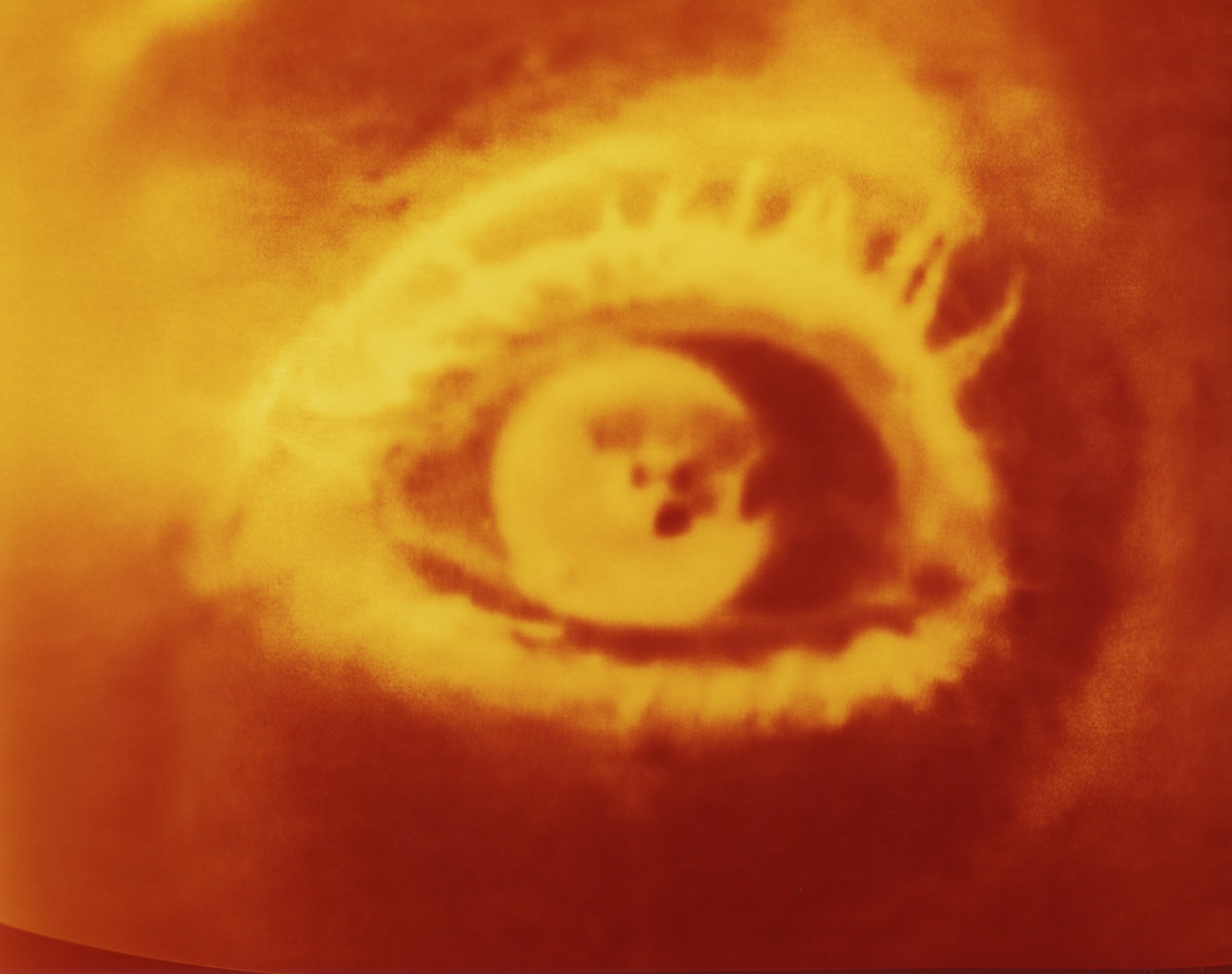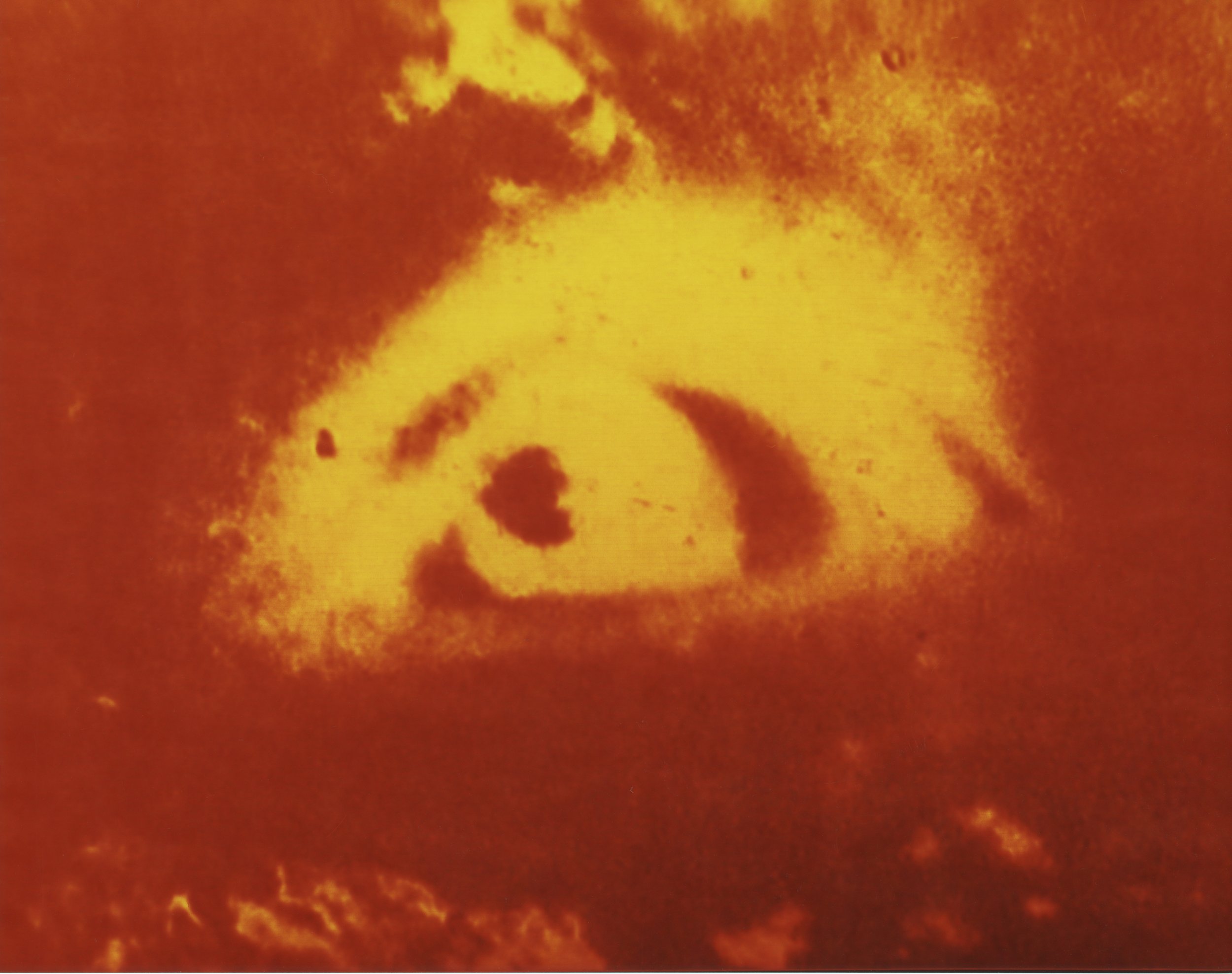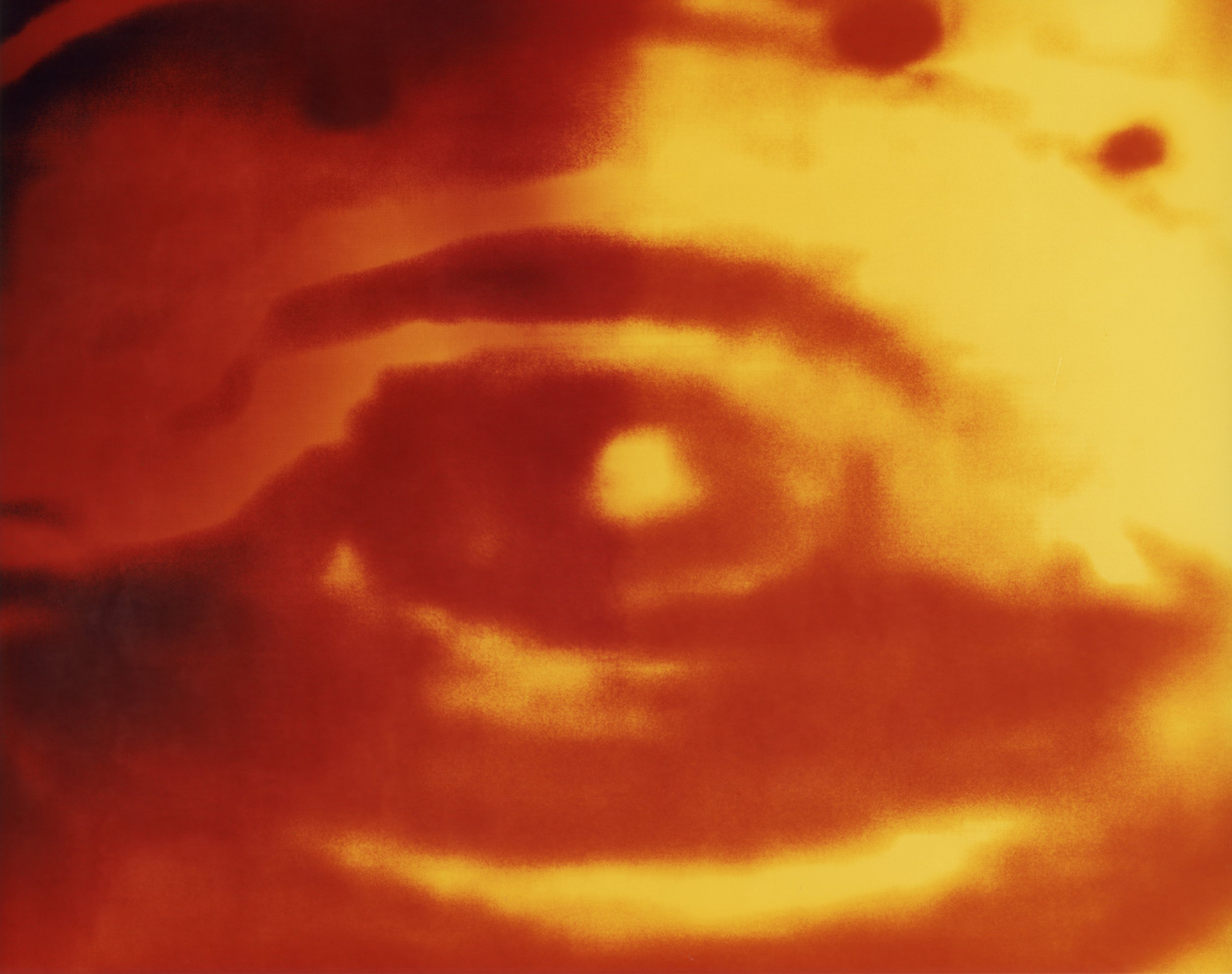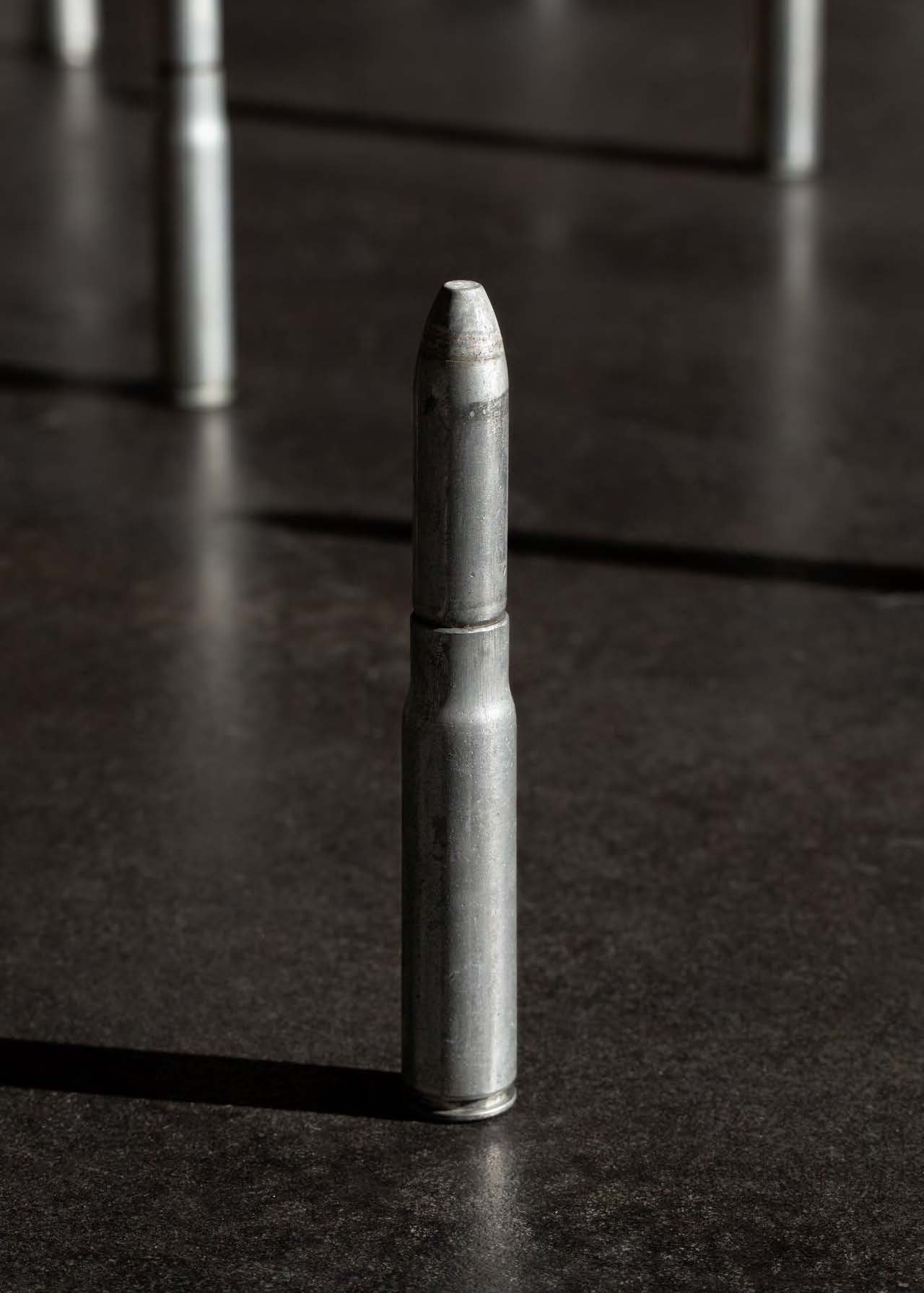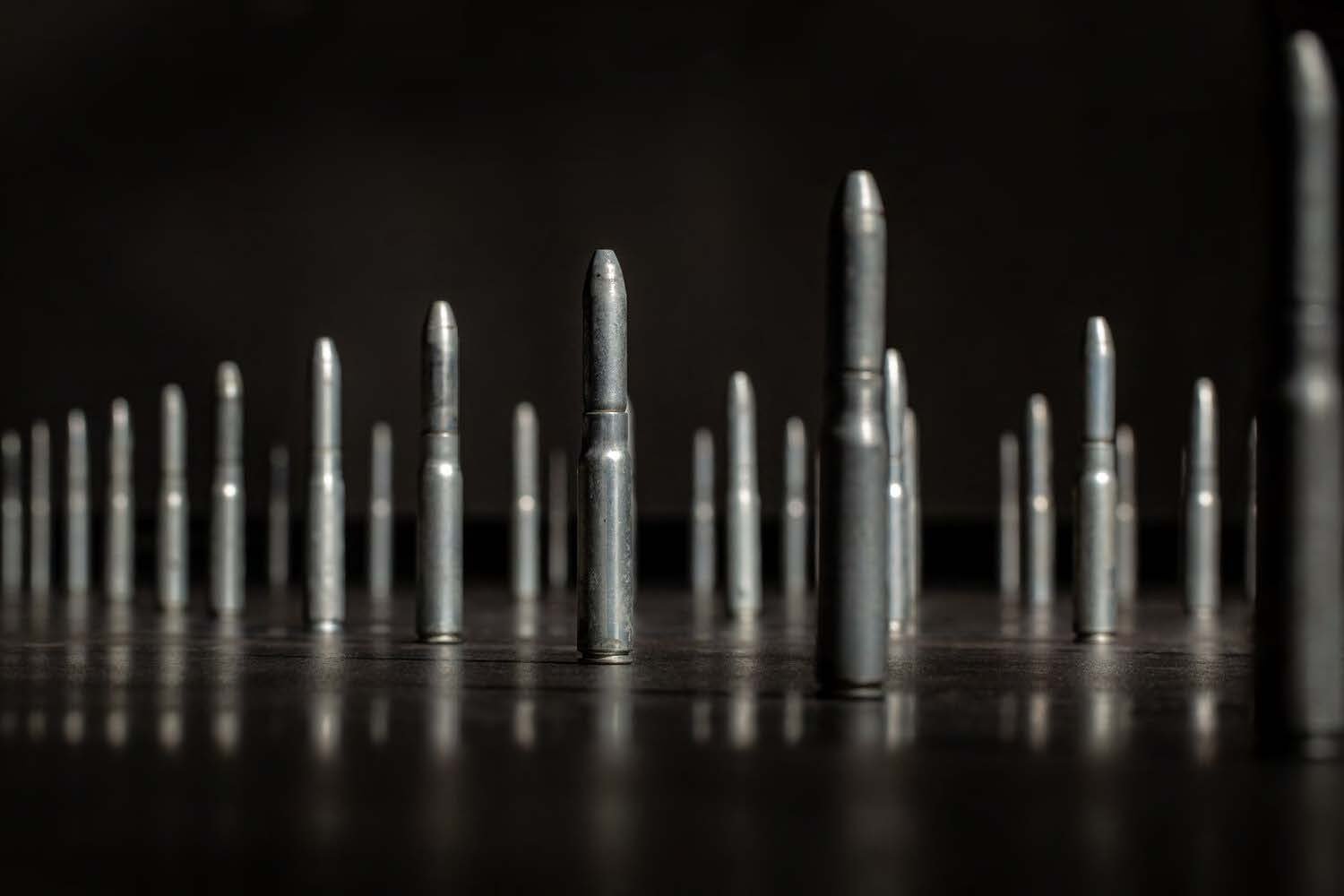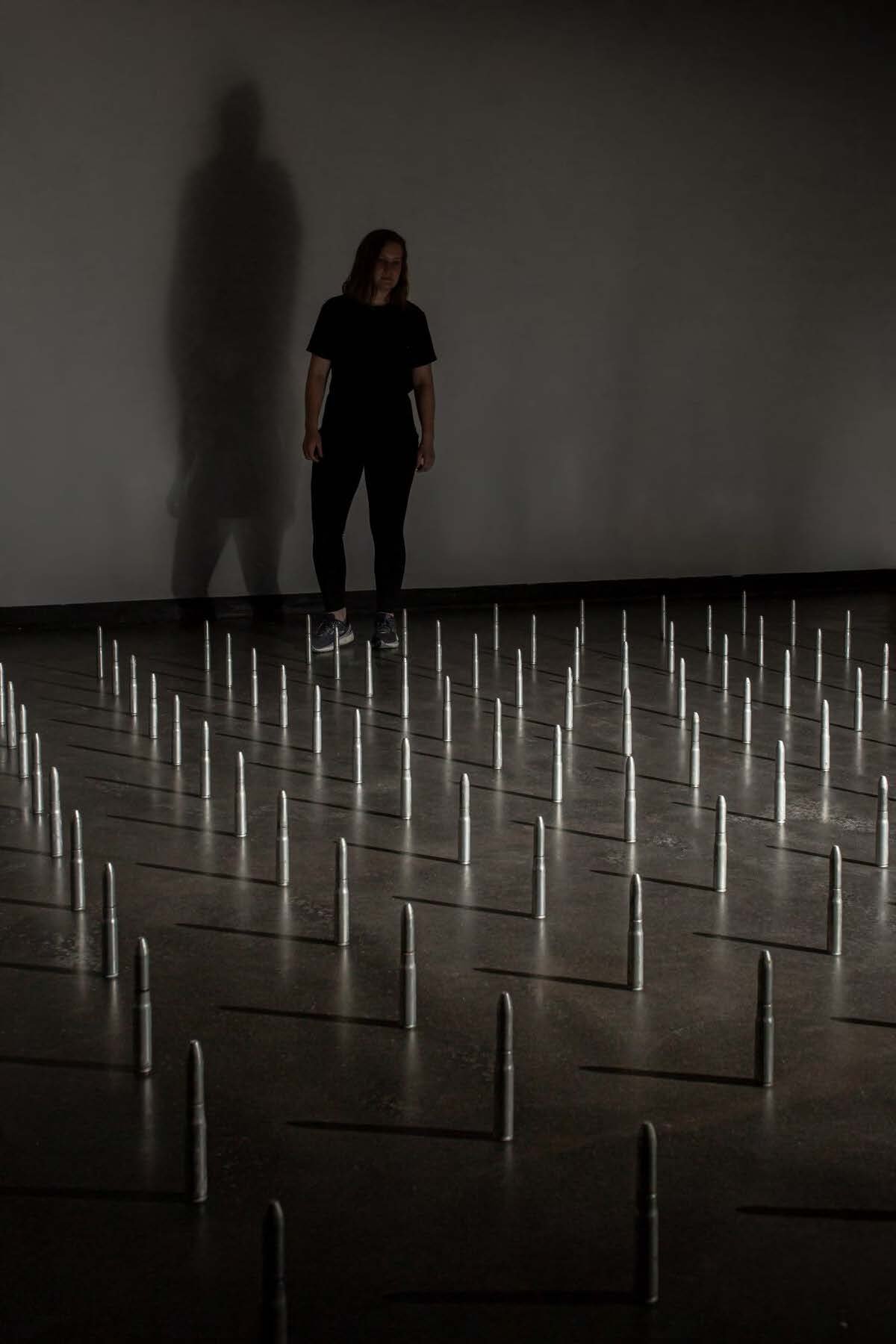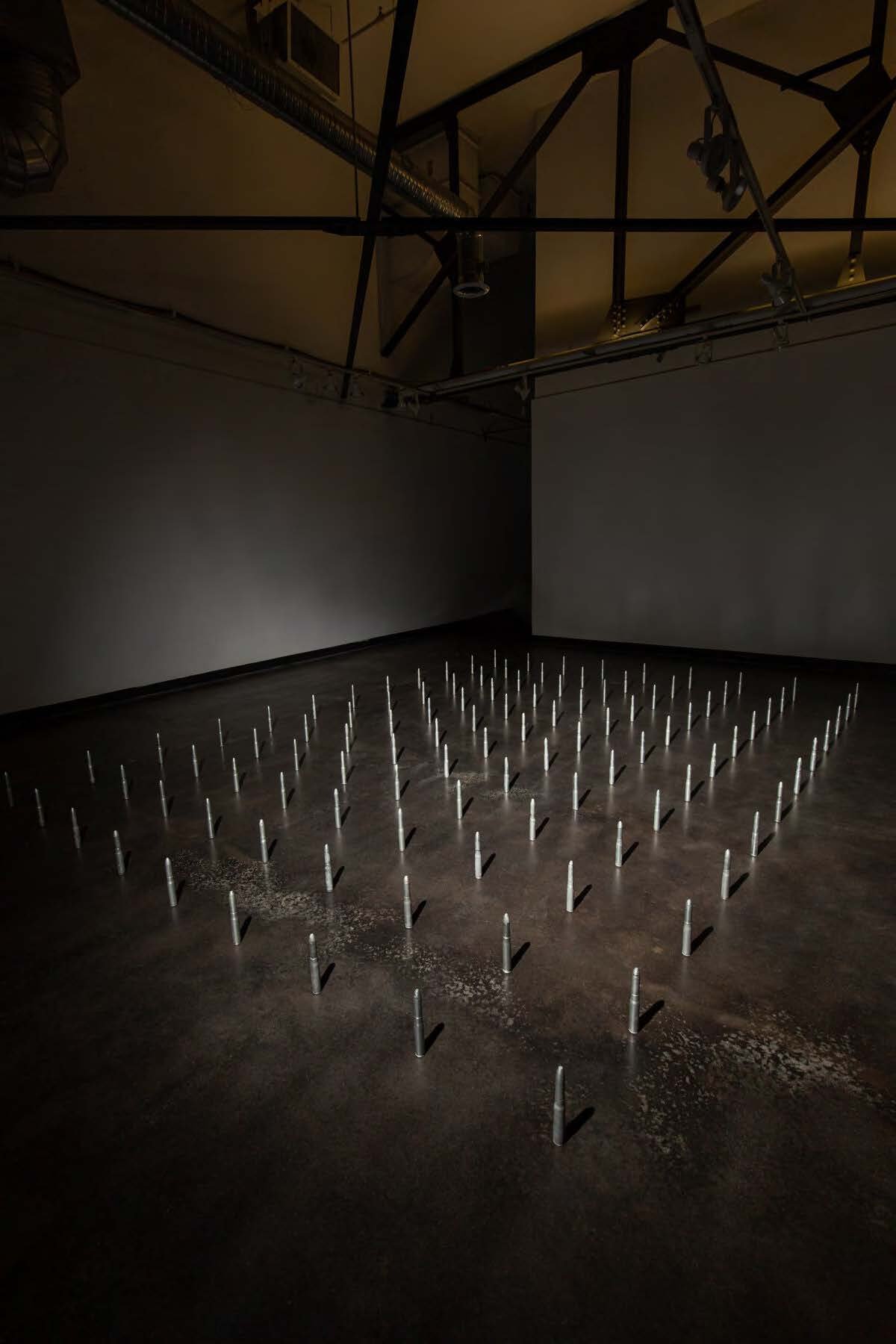The Beginning, In the land around me
Kei Ito
01/18/2022 - 04/02/2022
Location: 1400 Remington St, Fort Collins, CO 80524
Reception and Gallery Talk: January 19th, 5 PM MT at the Gregory Allicar Museum of Art, Register here
Virtual Artist Talk: March 1, 5 PM MT via Zoom, Register here
This exhibition and related programs are brought to you through a partnership between the Center for Fine Art Photography and the Gregory Allicar Museum of Art.
Thank you to our grantors National Endowment for the Arts, Fort Fund, Colorado Creative Industries, and private donors for making the exhibition possible.
Curatorial Statement:
Delving into personal, familial, and communal trauma, Kei Ito shows us the devastation of the countless lives impacted by the legacy of the atomic bomb. Drawing a keen eye on the doomsday clock, Ito asks unanswerable questions, questions that should remind all of us of the precariousness of an improbable future.
Was it warfare created in the name of freedom; who ultimately suffers the consequences of its cruelty; do the marginalized have a right to reparations; and, most importantly, does the global community understand what our responsibilities should be?
Ito has developed a completely new language to contemplate this legacy. His artwork is a manifestation of frustration, fear, truth-telling, universal questions of survival, and the nature of war and peace. To enter Ito’s realm is to comprehend his fundamental regard for humanity and his desire to manifest truth while acknowledging the suffering caused by those in power.
Hamidah Glasgow, Executive Director, and Curator
The Beginning, In the land around me, is a solo exhibition featuring five individual projects spanning 2020-2023 that converge and center around my own nuclear heritage and expands my exploration and research into the American nuclear experience. Located in Fort Collins, CO, The Beginning, In the land around me surveys the experiences of Downwinders and creates an environment to discuss our shared pasts and traumas at the hands of nuclear weapons, all that goes into their creation, as well as issues surrounding health, environmentalism, and our current global system of war and peace.
Kei Ito
Burning Away
2021- ongoing
Silver gelatin chemigram (Sunlight, Honey, Various Oil), 100”x41”x1”
Burning Away is a long-term project started in November 2020 that utilized honey and various oils on a sun-fused silver gelatin paper in a recreation of the numerous stories by survivors seeking to heal the charred trauma.
The materials used to form this imagery is rooted in my generational trauma of the Atomic Bombing of Hiroshima, which claimed many lives including my grandfather's. The moment the bomb exploded in the sky of Hiroshima, it created a giant fireball reaching the surface temperature of 7,700 degrees matching the temperature of the Sun itself. The heat wave vaporized the people near the ground zero and left devastating burns on those left alive. I found many stories of survivors treating the burns with honey, cooking oil, and even motor oil due to the scarcity of even the most basic medicine.
The blinding heat was indeed a great threat; however, the invisible threat of radiation is what makes nuclear weapons truly devastating. Many of the survivors were unaware of the invisible threat that was implanted within their bodies, like a second bomb waiting to go off. It was their children and grandchildren who were witnesses of the effect of radiation.
By utilizing the same substances described in their accounts to desperately heal the charred trauma, these prints symbolize not only the memory of nuclear fire but also the disappearing voices of the survivors. The pattern of the print depends on the type of oil used on the paper, creating various microscopic like images that may remind one of cancer cells.
The final project consists of 108 sets of large-scale prints; each set consists of eight 20”x24” prints creating a towering 40”x 96” work of an abstract form of a human body. This project is a blending of past and present. Each human form represents both someone already lost and a faceless monument dedicated to someone gone in the future.
Eye Who Witnessed
2020-ongoing
108 Unique C-print, Sunlight, Historic Archive
Print: 8”x10”
Installation: 100”x150”,
Eye Who Witnessed is a compilation of C-print photograms depicting 108 eyes. This collection of 54 American Downwinders and 54 Japanese a-bomb victims stares out unblinking, homogeneous and anonymous. 108 is a number with ritual significance in Japanese Buddhism; to mark the Japanese New Year, bells toll 108 times, ridding us of our evil passions and desires, and purifying our souls, which can be seen as an act of redemption.
Growing up in Japan, many thought the bombing victims were necessary sacrifices for peace; after moving to America, I heard the same sentiments about Downwinders. Some of the first victims were Americans who worked the first tests unaware of the deadly and invisible threat of radiation. After the war, the US government continued nuclear testing across the nation, and these forgotten American casualties, civilians living around testing sites, are now known as Downwinders.
The original images were curated from books, video interviews, and images I gathered from my own family album. The prints were then mixed-up before installation, making it unclear which one is a Japanese or a US victim; nuclear weapons affect everyone the same no matter their nationality. As they collectively stare back at us, their eyes become a monument of nameless atomic testimonies. Will we too become a witness of a radiated light and be sacrificed for the next so-called “peace”?

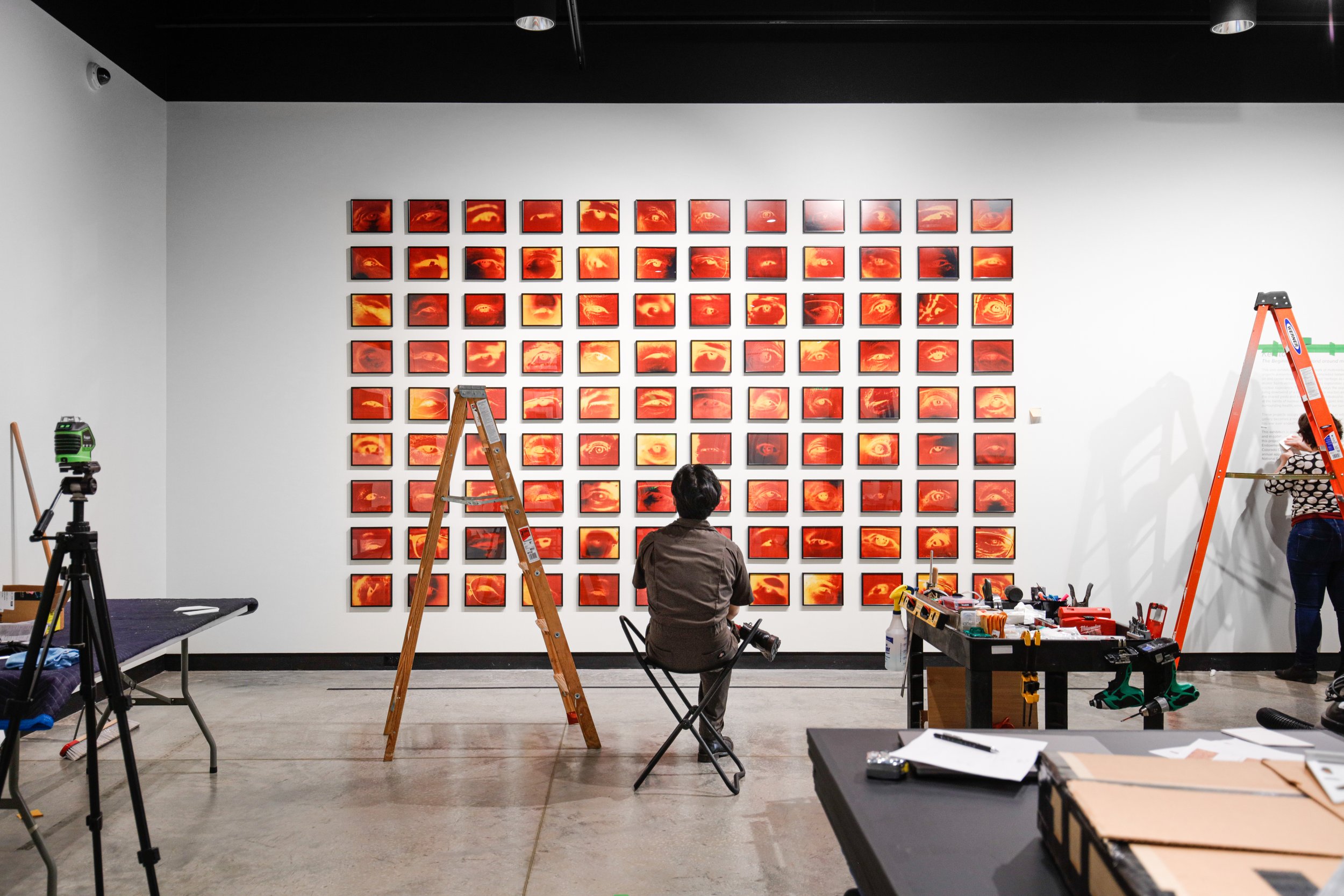
Aborning New Light
2019
Video (Scanned Chromogenic Print, US nuclear testing footage, Sunlight)v(only for New Light-Narrowcast: sound composed by Andrew Paul Keiper) 5min 45sec
Aborning New Light is a video installation where the visuals are mined from archives of nuclear testing and then printed onto transparencies in order to expose them on light-sensitive paper (sometimes with other objects such as Gozilla figurines or B-29 models). The effect is a series of gridded prints with stills from the scientific sources. Then, I rescan them and crop each frame and play them back in order; the film now includes my hand and reinterpretation of the tests and their repercussions. All of the sites featured in the selected footage were tested on American soil. In this installation, the videos are played in reverse, the explosions shrinking instead of expanding. Houses, school buses, and mannequins are reconstructed before our eyes while time counts down to a period before nuclear weapons and their extreme proliferation across the globe.
(Un)premeditated Inheritance
On the final wall is (Un)premeditated Inheritance, an installation consisting of one hundred and eight 20mm anti-aircraft bullet shells filled with my hair and trinitite, a radioactive glass formed from the heat of the first Atomic bomb testing in New Mexico. I am fascinated by the idea that my very existence is rooted in two significant historical moments: the birth of the atomic bomb in New Mexico and the bombing of Hiroshima. My very own body echoes the same state of the surrounding lands, with unknown changes and effects caused by these radiated explosions in times of both war and peace.
Rust in Peace (Little Boy)
2023
Acrylic Paint, Iron infused paint, Rust
Various
Rust in Peace, is a completely new project which features large paintings made with iron-infused paint that I have rusted and will continue the process of rusting and oxidation for the duration of the exhibition. The shape of the paintings is the simplified version of the Little Boy, the first ever weaponized atomic bomb that was later dropped in Hiroshima, taking measure from the longest and shortest measurement of each side of the bomb. Metal, a symbol of manmade items, culture, and society takes us a further step back.
These projects occupy the gallery and stand as witnesses to our shared histories. The gallery is now a monument to both the past and the present and asks the question: has war ever ended if the price for peace is the same as wartime? And perhaps the biggest question of all, where did I (us) begin?
Many of the pieces in the exhibition will be made during 2022, specifically for the show. Colorado has a deep and almost overbearing connection to nuclear history. From past involvement, such as the uranium mine at Uravan Mill used in the Manhattan Project, the Ruslin explosion site, and the nuclear facilities at the Rocky Flats Plant, to the current presence of nuclear waste storage at Fort St. Vrain and trauma still felt from the radiation in much of the surrounding areas.




